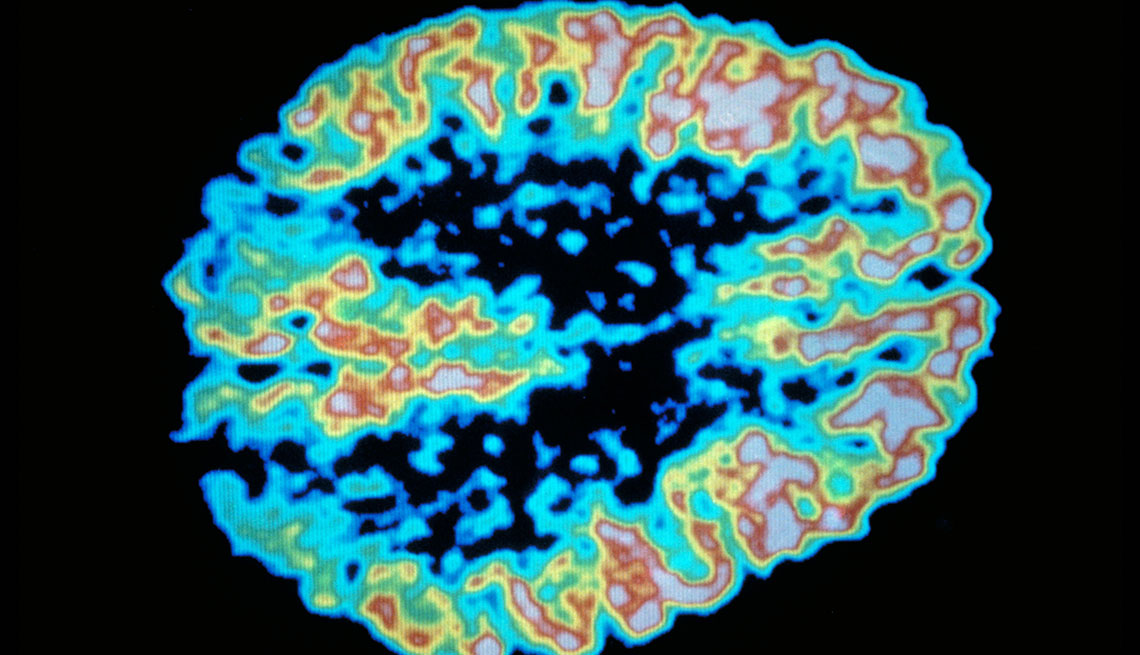- Select a language for the TTS:
- UK English Female
- UK English Male
- US English Female
- US English Male
- Australian Female
- Australian Male
- Language selected: (auto detect) - EN
Play all audios:
In the age-related macular degeneration (AMD) ‘inflammation model’, local inflammation plus complement activation contributes to the pathogenesis and progression of the disease. Multiple
genetic associations have now been established correlating the risk of development or progression of AMD. Stratifying patients by their AMD genetic profile may facilitate future AMD
therapeutic trials resulting in meaningful clinical trial end points with smaller sample sizes and study duration.
Based on the pioneering work of Dr Judah Folkman, novel research into ‘angiogenesis’ generated the commercial development of drugs to inhibit the growth of new blood vessels. This approach
was developed as a strategy to ‘treat’ cancer as well as eye diseases that lead to progressive, irreversible visual loss. Pegaptanib was designed and approved by the FDA in 2004 as a valid
treatment for age-related macular degeneration (AMD),1 followed by the publication of the landmark phase 3 ranibizumab data in 2006,2 and the published results of the short-term safety and
efficacy of intravitreal bevacizumab, the ‘parent’ compound of ranibizumab, in patients with neovascular AMD (nAMD), by Rich et al.3
Since then, anti-vascular endothelial growth factor (VEGF) therapy has monopolized the treatment of nAMD.
However, AMD is a multifactorial, complex disease. Thus it seems unlikely that a single therapy that targets only the final result of a highly complicated pathogenetic process, will remain
as the only viable treatment option in the future. Moreover, geographic atrophy (GA), the advanced non-neovascular form of AMD that accounts for 35% of all cases of late AMD and 20% of legal
blindness attributable to AMD,4, 5 cannot be treated or prevented at the moment and indeed may be increased by anti-VEGF therapy.6, 7
In this review, we present and comment on the response to both complement and non-complement-based treatments, in relation to complement pathway mechanisms and complement gene regulation of
these mechanisms. We discuss current and potential treatments for both wet and dry AMD in relation to complement pathway pathogenetic mechanisms.
The innate immune system is composed of immunological effectors that provide robust, immediate, and nonspecific immune responses. These include evolutionarily primitive humoral, cellular,
and mechanical processes that have a vital role in the protection of the host from pathogenic challenge. The complement system is a vital component of innate immunity and represents one of
the major effector mechanisms of the innate immune system. It was so named for its ability to ‘complement’ the antibacterial properties of antibody in the heat-stable fraction of serum.8
The complement is a complex network of plasma and membrane-associated serum proteins, which are organized into a hierarchy of proteolytic cascades that start with the identification of
pathogenic surfaces and lead to the generation of potent proinflammatory mediators (anaphylatoxins), opsonization (‘coating’) of the pathogenic surface through various complement opsonins
(eg, C3b), and targeted lysis of the pathogenic surface through the assembly of membrane-penetrating pores known as the membrane attack complex (MAC).9, 10
The alternative pathway is in a continuous low-level state of activation characterized by the spontaneous hydrolysis of C3 into C3a and C3b fragments. C3b binds complement factor B (CFB)
and, once bound, factor B is cleaved by complement factor D (CFD) into Ba and Bb, thereby forming the active C3 convertase (C3bBb). The convertase cleaves additional C3 molecules, generating
more C3a and C3b, thereby promoting further amplification of the cascade.11
Activation of all complement pathways results in a proinflammatory response including generation of MACs, which mediate cell lysis, release of chemokines to attract inflammatory cells to the
site of damage, and enhancement of capillary permeability.12, 13 Complement regulation occurs predominantly at two steps within the cascades, at the level of the convertases, both in their
assembly and in their enzymatic activity, and during assembly of the MAC.14
There is an ‘interplay’ between adaptive and innate immunity. The adaptive immune system is organized around two classes of specialized lymphocytes, T and B cells, which display an extremely
diverse repertoire of antigen-specific recognition receptors that enable specific identification and elimination of pathogens, as well as adaptive immune measures that ensure tailored
immune responses, as well as long-lived immunological memory against re-infection.8 The ability of complement not only to affect robust innate immune responses but also to interface with,
and influence T- and B-cell biology and adaptive responses, has become increasingly appreciated. However, the exact mechanism(s) by which complement mediates T-cell immunity has yet to be
determined.15
To accelerate progress in the discovery of macular degeneration genetics, 18 research groups from across the world formed the AMD Gene Consortium in the early 2010 and organized a
meta-analysis of genome-wide association studies (GWAS). The meta-analysis evaluated the evidence for association at 2.442.884 single-nucleotide polymorphisms (SNPs) coming from >17 100
cases with advanced disease (GA, neovascularization, or both) and >60 000 controls.16 Joint analysis of discovery and follow-up studies17 resulted in the identification/confirmation of 19
AMD susceptibility loci reaching P5 ETDRS letters was seen in 34.6, 56.6, and 56% of eyes with the TT, TC, and CC genotypes (P=0.04, 0.4, and 0.06 for TC, CC, or combined TC or CC genotypes
compared with TT).97
Findings by Smailhodzic et al suggest an additive effect of high-risk alleles in CFH, ARMS2, and VEGFA, leading to a younger age of nAMD onset in combination with poor response to
intravitreal ranibizumab treatment. After ranibizumab treatment, patients with 6 high-risk alleles demonstrated a mean VA loss of 10 ETDRS letters (P125 μm, extensive intermediate drusen or
GA not involving the center of the macula). Among the genetic risk predictors for AMD that they selected, there was a set of five common CFH polymorphisms: rs1048663, rs3766405, rs412852,
rs11582939, and rs1066420, as well as the 372_815de1443ins54 ARMS2 marker. Their data supported a deleterious interaction between CFH risk alleles and high-dose zinc supplementation,
suggesting that individuals with one or two CFH risk alleles and






